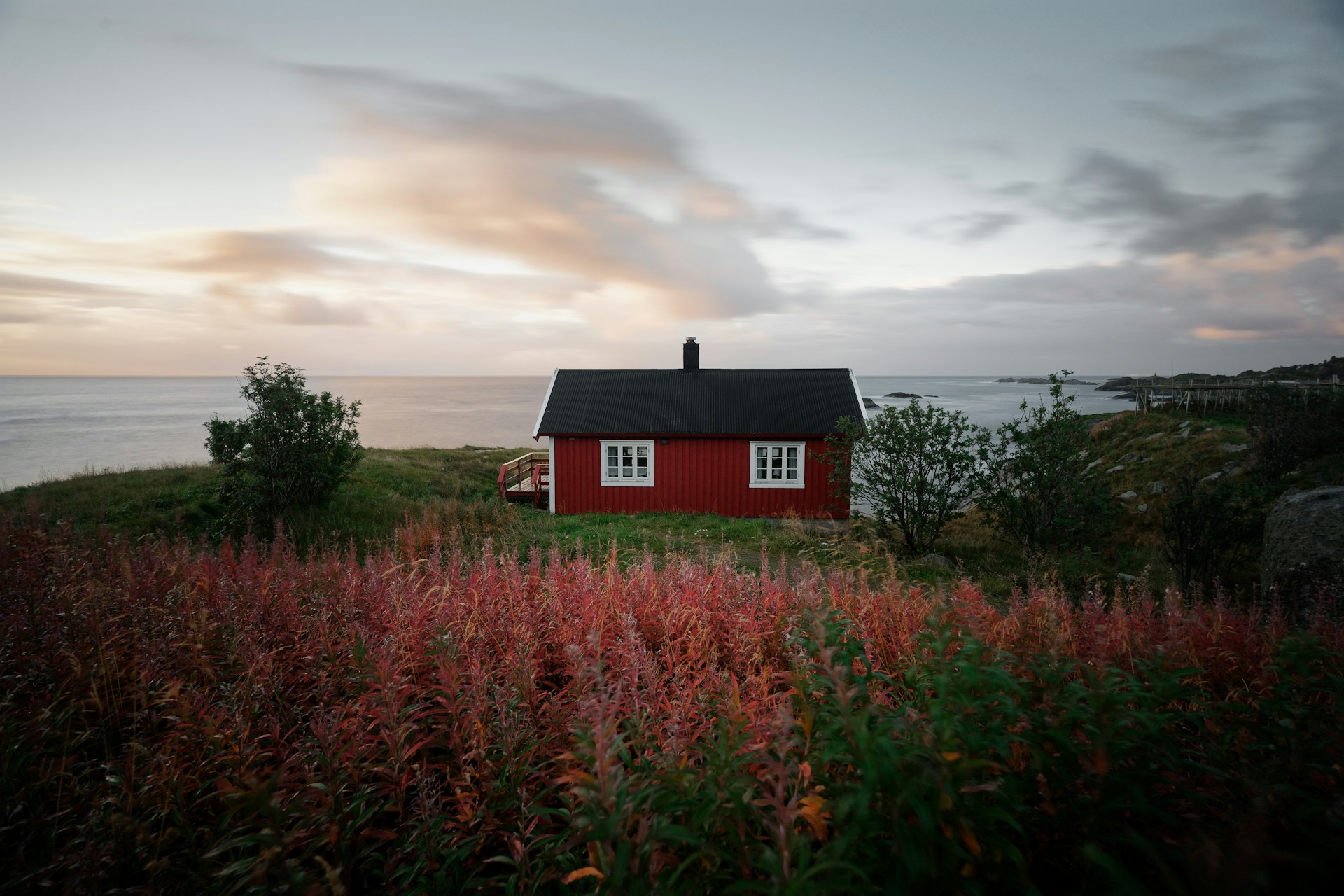

Question: What is the Largest Size a Tiny House Can Be?
Answer: The largest a tiny house can be is typically considered 400 square feet. Some include larger structures up to 600 square feet, but these push the boundaries of the “tiny” designation.
Defining the Tiny Home Dream
The allure of minimalist living and financial freedom draws many to the tiny house movement. However, “tiny” can be a relative term. What is the largest size a tiny house can be while still retaining its “tiny” classification? This is an important question for aspiring tiny homeowners, especially when considering building codes and transportation regulations.
Size Matters: Maximum Dimensions for Tiny Houses
Generally, tiny houses fall into the 400 square foot range or less. However, the generally accepted upper limit often sits around 400 square feet. This size strikes a balance between comfortable living and the mobility that defines tiny houses. Interestingly, some consider houses up to 600 square feet “tiny,” blurring the lines further.
Please visit this page to learn more about Orangeville realtors
Related Article: What Size Are Most Tiny Houses?
Related Article: What is the Smallest Livable Tiny Home?
Transportation and Mobility: A Key Factor in Size
One of the core appeals of tiny houses is their portability. Therefore, transportation regulations play a significant role in determining the maximum size. Specifically, road regulations regarding width, height, and length restrict the dimensions of a towable tiny house. Exceeding these limits requires special permits and often involves additional costs and logistical challenges. Typical road regulations dictate a maximum width of 8.5 feet and a maximum height of 13.5 feet.
Foundation vs. Wheels: How Placement Impacts Size
The choice between placing your tiny house on a foundation or wheels significantly impacts the size considerations. A foundation-based tiny house might be subject to different building codes and property taxes than a mobile tiny house. Secondly, mobility limitations cease to be a factor for foundation-based tiny homes, allowing for potentially larger structures. However, this permanence can also limit relocation options in the future. Therefore, careful consideration of long-term plans is essential when deciding between a foundation and wheels.
Lifestyle and Functionality: Finding the Right Fit
The “largest” size for a tiny house depends on individual lifestyle and needs. While a larger tiny house might offer more living space, it also reduces mobility and potentially increases costs. A smaller tiny house maximizes portability and minimizes expenses, but it requires a more minimalist approach to living. Careful consideration of furniture, storage solutions, and overall design is important to maximize functionality within the chosen size constraints.
Space Optimization:
Maximizing vertical space with lofts and clever storage solutions is key.Multi-functional Furniture:
Incorporating furniture with multiple uses, such as sofa beds and folding tables, enhances space efficiency.Minimalist Mindset:
Embracing a minimalist lifestyle helps to declutter and optimize living in a smaller space.
Tiny House Size: Design Considerations and Regulations in Specific Locations
Local bylaws and community restrictions further add complexity to the equation. Certain areas might have specific regulations regarding tiny houses, potentially limiting their allowed size or placement. For instance, some municipalities may require minimum square footage for dwellings, effectively excluding smaller tiny houses. Zoning regulations could dictate where tiny houses can be placed, whether on private land, in tiny house communities, or designated areas. Thorough research into local regulations is indispensable before embarking on a tiny house project.
Conclusion
Determining the largest size for a tiny house is a multifaceted question. While general guidelines exist, several factors influence the decision, including building codes, transportation regulations, personal preferences, and local bylaws. Careful consideration of these elements is crucial to achieving the tiny house dream within legal and practical boundaries. By balancing the desire for space with the principles of minimalism and mobility, individuals can discover the optimal tiny house size that perfectly aligns with their unique needs and aspirations. Remember, the journey to tiny living begins with thoughtful planning and a thorough understanding of the rules and regulations governing this exciting housing option. [ 1 ]
References
1. https://www.thetinyhouse.net/how-big-can-a-tiny-house-be/


